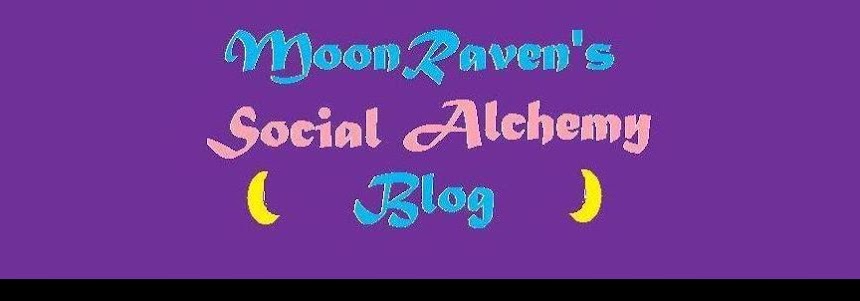I’ve been through two three-week visitor programs at Twin Oaks and then guested there for nearly a month. I’m almost always inspired by all that they’re doing.
Here’s ten things I think any community could learn from Twin Oaks:
- The O & I Board This is a set of hanging clipboards which is one of the main methods of communication at Twin Oaks. Someone puts out a proposal and other people comment on it. Members read these faithfully to know what’s going on and these highly influence decision making.
- Radical Sharing If it can be shared, Twin Oaks will try to figure out a way to share it. Income, cars, tools, workshops, musical instruments, clothing, bicycles, among other things.
- Public/Private Options For clothing and bicycles at least, TO allows you to share or not share. If it’s public, it’s maintained by the community. If it’s private, you need to maintain it.
- Separate Building for Visitor’s Program At Acorn and Dancing Rabbit, I stayed in tents when I was visiting. TO has a building (Aurora) just to house visitors, so all visitors stay together in comfortable quarters
- Visitors as Small Living Group The visitors all arrive together and are encouraged to see themselves as a little mini-community. Many of the houses at Twin Oaks are thought of as ‘Small Living Groups’ (and a couple of the houses have two different SLGs), so TO suggests visitors form a temporary SLG while they are there as a way to experience community.
- Lovely, Big Dining Hall TO has a spacious central dining facility known as Zhankoye (or ZK). They also use it for parties and celebrations. It’s a focal point for connection at the community. They try not to do too much business stuff there and have one table devoted to having fun conversations (also known as ‘the fun table’).
- Diversity of Businesses Unlike Acorn (with its seed business) and Ganas (with their thrift shops) TO has a true diversity of ways they bring in income: hammocks, tofu, tempeh, indexing, ornamentals, wholesaling seeds for Acorn, and contracting services (and probably a few I’m not aware of). They started off dependent on hammock but have really decided not to put all their eggs in one basket.
- Music! TO also supports member’s creativity. As far as music goes, I mentioned that they have public instruments anyone can practice on. They also have many bands and groups, including lots of rock bands, singing and choral groups, and (until recently) even had a community klezmer band.
- Organized gardening The community has many greenhouses and gardens and has regular gardening crews. They grow a large percentage of their food. Pam (the garden manager) has written a book on Sustainable Market Farming.
- It’s the oldest, most successful secular egalitarian income sharing community in the US I often start talking about TO by mentioning the myth that all those communes from the 60s are long gone. Started in 1967, they have around 90 adult members and 15 children and a waiting list to get in. I think they are an example of what a community can look like after nearly fifty years of evolving.
Next, ten learnings from Acorn.
Quote of the Day: “Bumper Sticker for an Income Sharing Community: ‘My other car isn't mine either’ “ - From the Twin Oaks website

